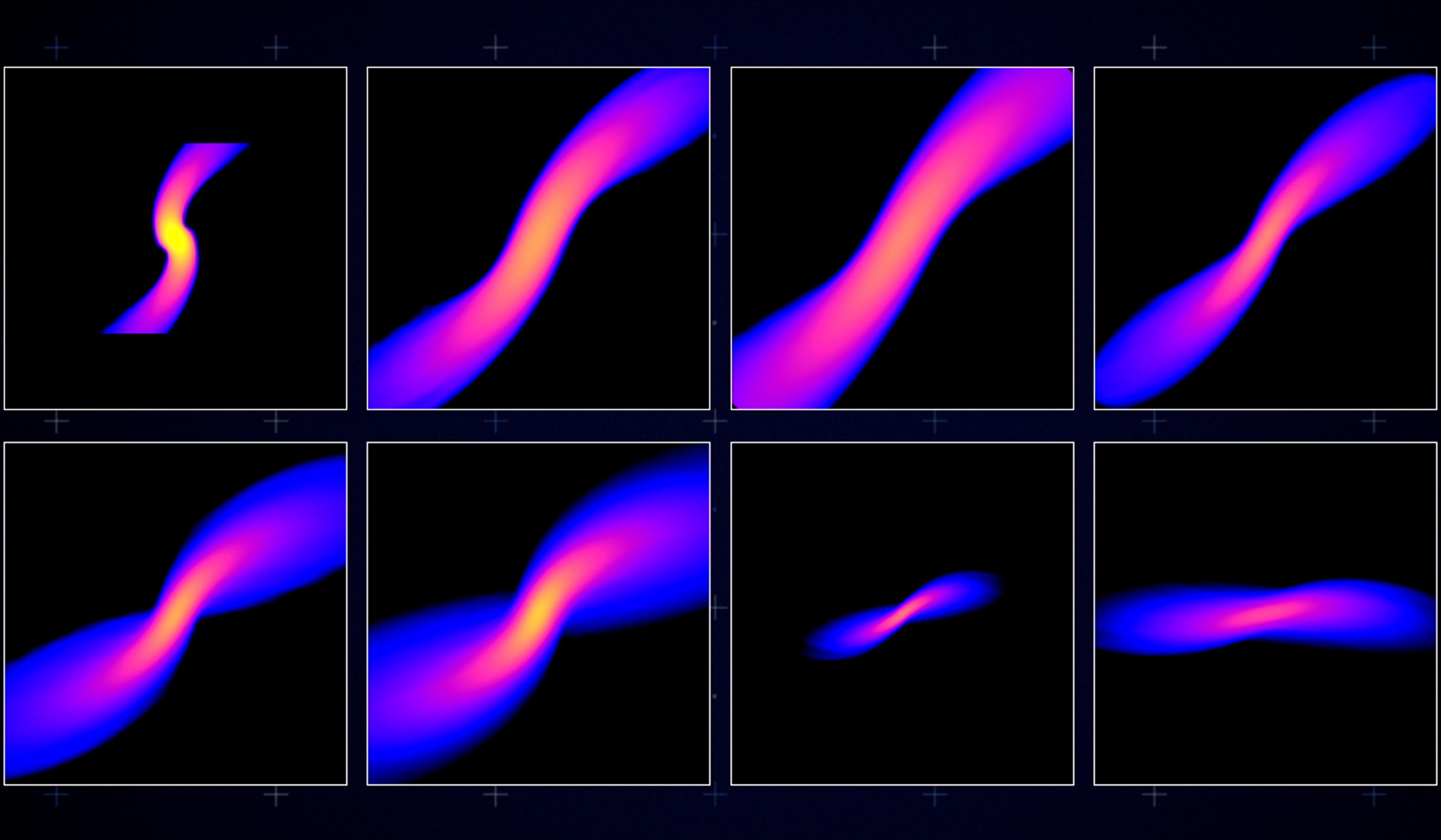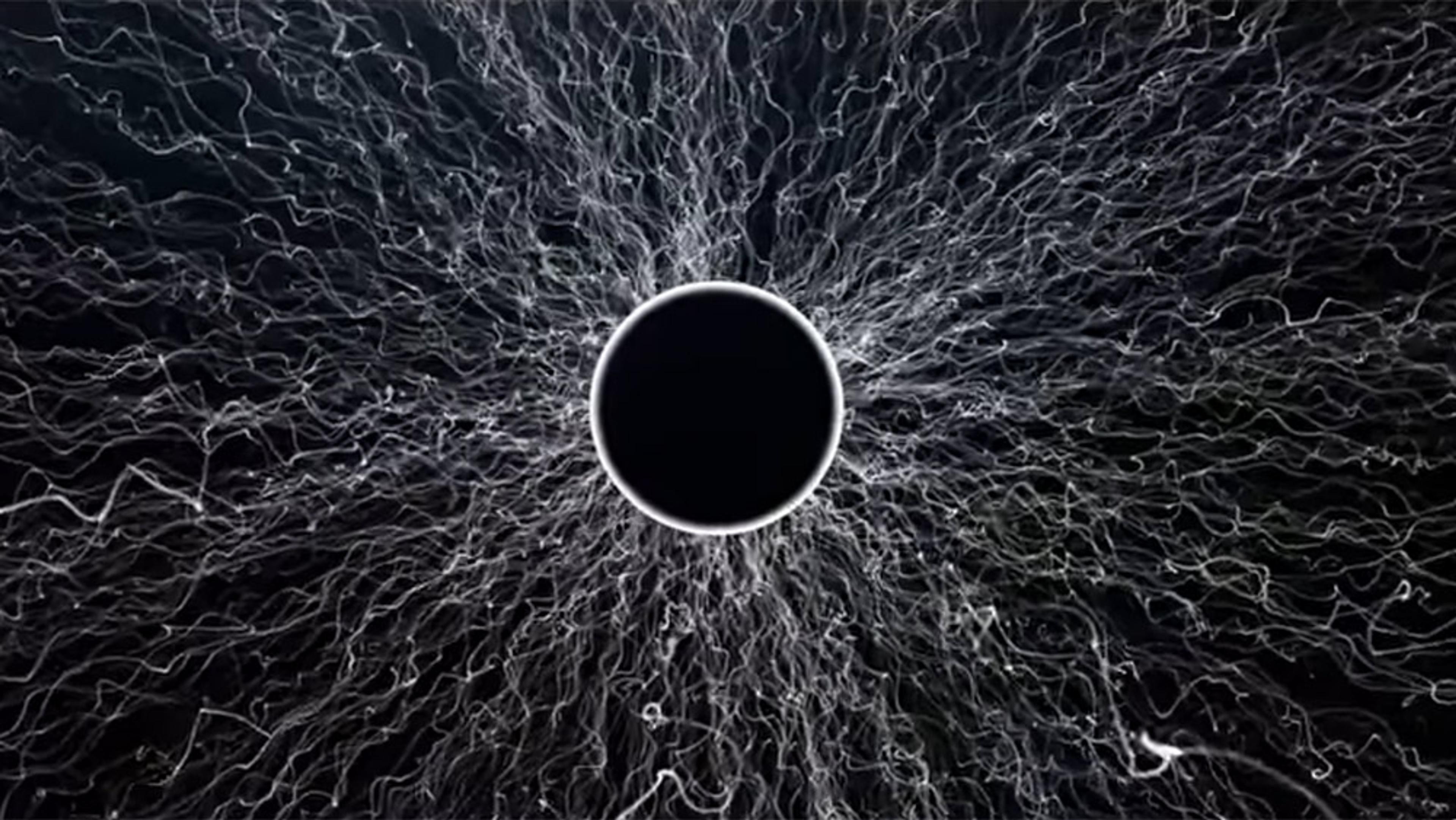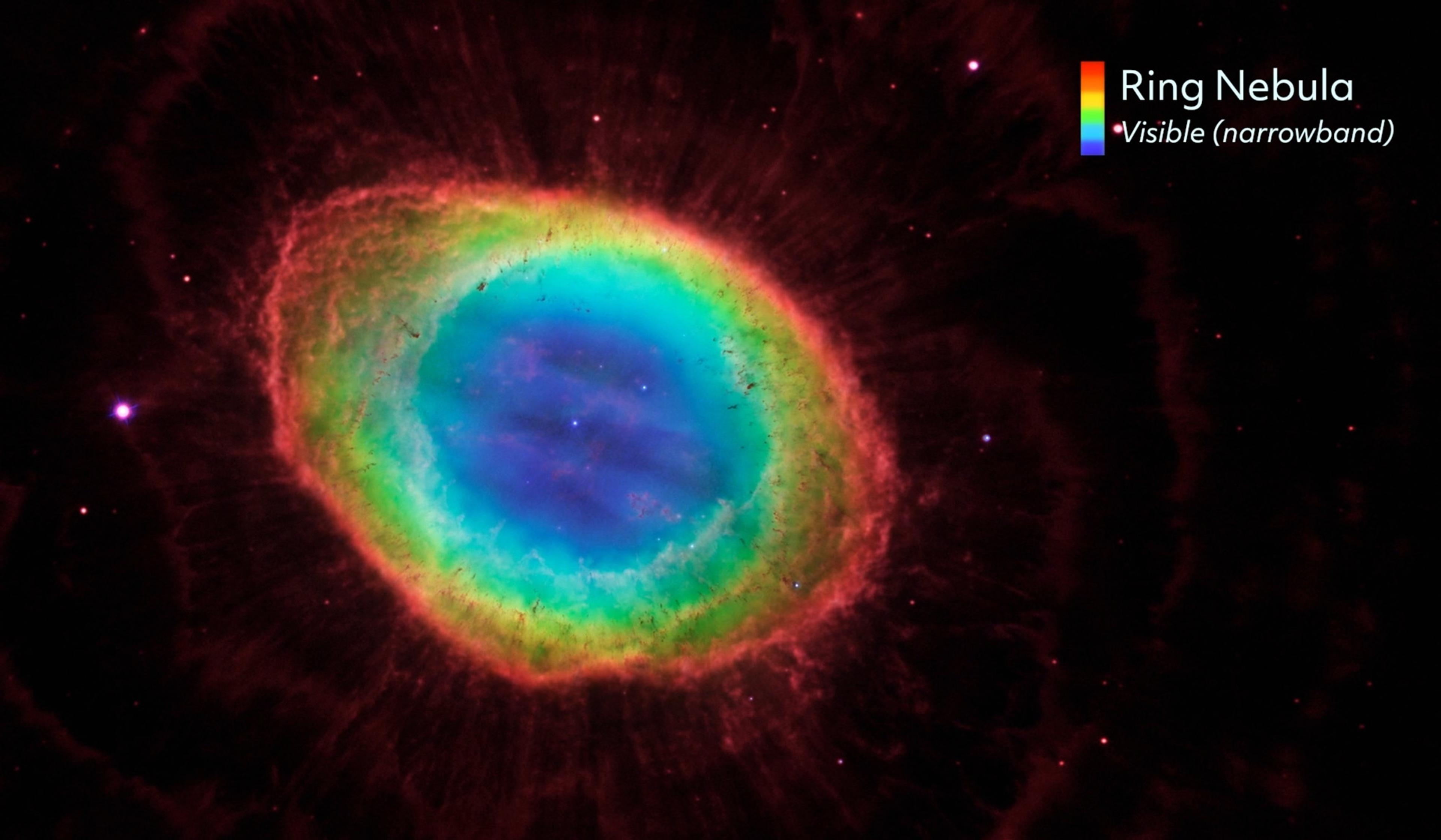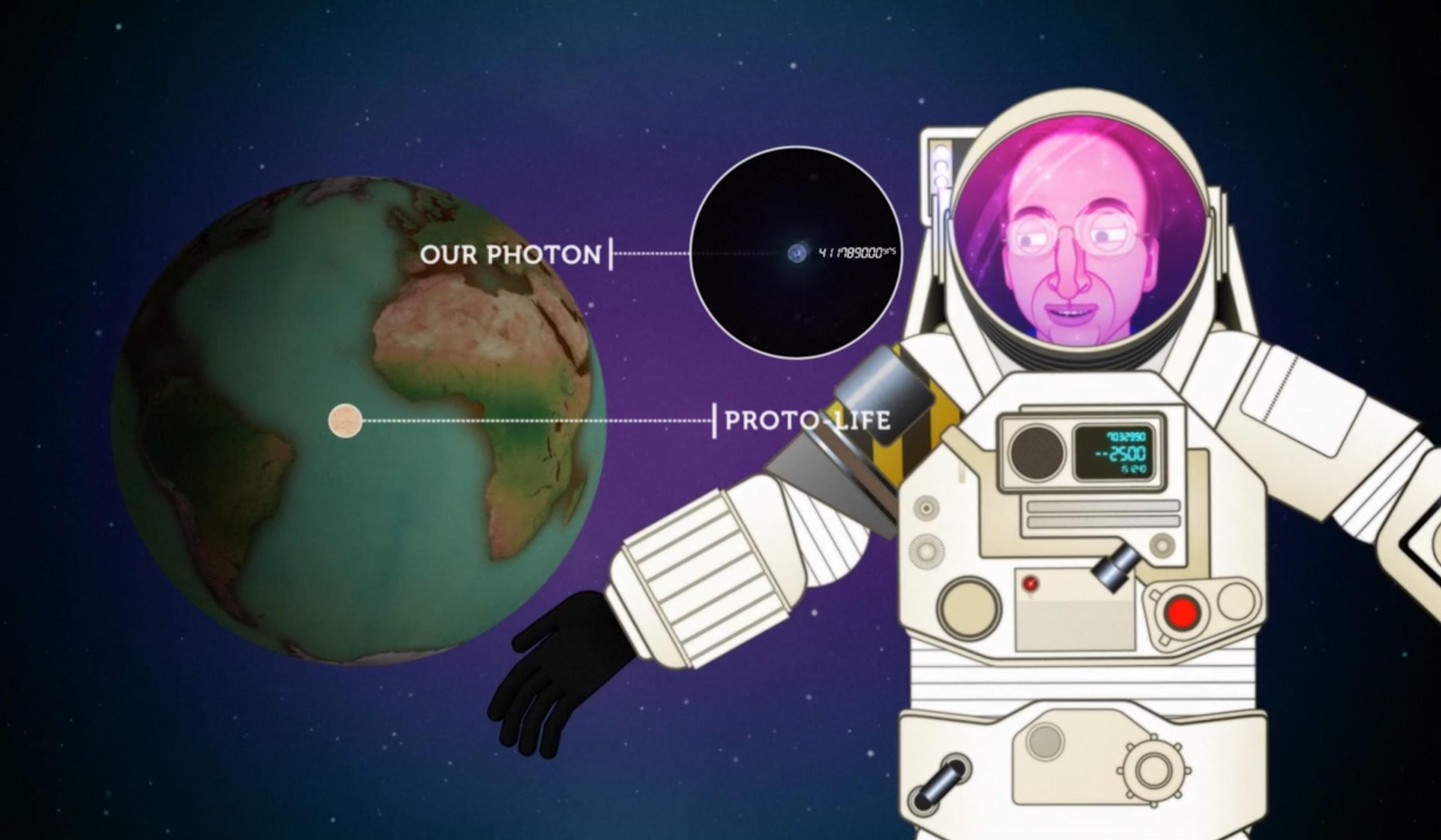Even if you were flying in the most sophisticated interstellar craft and wearing the snazziest futuristic spacesuit imaginable, a journey into a black hole would almost certainly be your last trip anywhere. Mercifully for anyone intrigued by the idea of such a voyage, scientists at NASA’s Goddard Space Flight Center have developed this simulation of what, to the very best of our knowledge, it would look like if a camera approached and plunged through the event horizon of the supermassive black hole at the centre of the Milky Way galaxy. This version of the video simulates the experience of being sucked into the cosmic abyss before walking viewers through the Universe-bending hard science of it all. The resulting visuals are both awesome and deceptively simple – the result of a NASA supercomputer spitting out some 10 terabytes of data in a process that would take a normal personal laptop roughly a decade.
The abyss at the edge of human understanding – a voyage into a black hole
Video by NASA’s Goddard Space Flight Center
Producer: Scott Wiessinger
Visualiser: Jeremy Schnittman
Support: Brian Powell

videoPhysics
Models capture the world-warping physics of what happens when stars meet black holes
2 minutes

videoCosmology
Deep time and beyond: the great nothingness at the end of the Universe
29 minutes

videoSpace exploration
Mind-bending speed is the only way to reach the stars – here are three ways to do it
5 minutes

videoPhysics
Imagining spacetime as a visible grid is an extraordinary journey into the unseen
12 minutes

videoSpace exploration
Burning ice, metal clouds, gemstone rain – tour the strangest known exoplanets
31 minutes

videoSpace exploration
What are you really seeing when you see magnificent images of space?
5 minutes

videoAstronomy
Take a 10 billion-year journey with a photon, from a distant supernova to Earth
3 minutes

videoPhysics
Stephen Hawking’s final theory: untangling a peculiar black-hole paradox
9 minutes

videoAstronomy
The plodding photon, or how the speed of light looks sluggish on a galactic scale
45 minutes